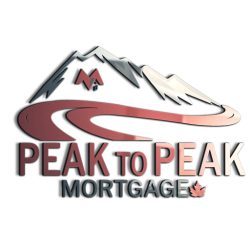Lending differences are based on the assessment of risk in a mortgage application.
When you apply for financing, lenders will approach your application in one of two ways: income qualifying or equity (also called stated income).
In the income qualifying category or “A” lending, your personal application and the subject property meet the bank’s lending policies in every way.
In the equity/stated income or “B” lending category, the bank is lending based on the equity in the property. The usual income qualifying guidelines may be waived entirely, or are viewed with more flexibility.
The ultimate differences in the available financing surface in the areas of available rates, fees, and loan-to-value ratios. On the “A” side of lending, best rates are available with no broker or lender fees, whilst on the “B” side of lending, there are higher rates and usually broker/lender fees. Additionally, sometimes the loan-to-value ratio is reduced.
Another factor that can categorize an application as to whether it is “A” or “B” is your credit score. All banks have minimum credit score requirements for their “A” lending guidelines.
For both categories of lending, the documentation is very similar: income verification, down payment confirmation, asset statements, appraisals, and credit reports are all required. “B” lenders are usually a temporary source of financing until situations or problems are resolved. It is wise to plan for the long term and have an exit strategy on how this financing will eventually be repaid or converted back to “A” lending.

